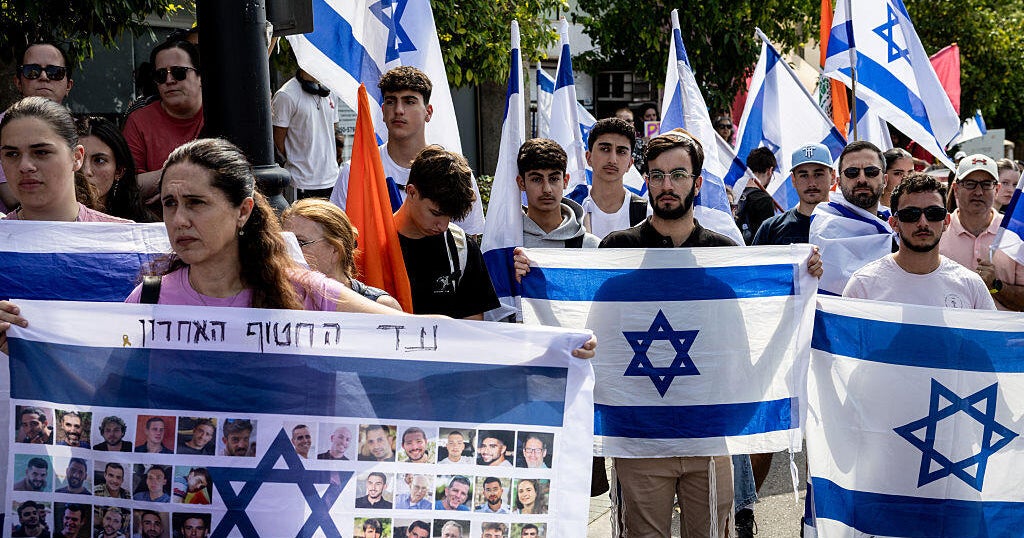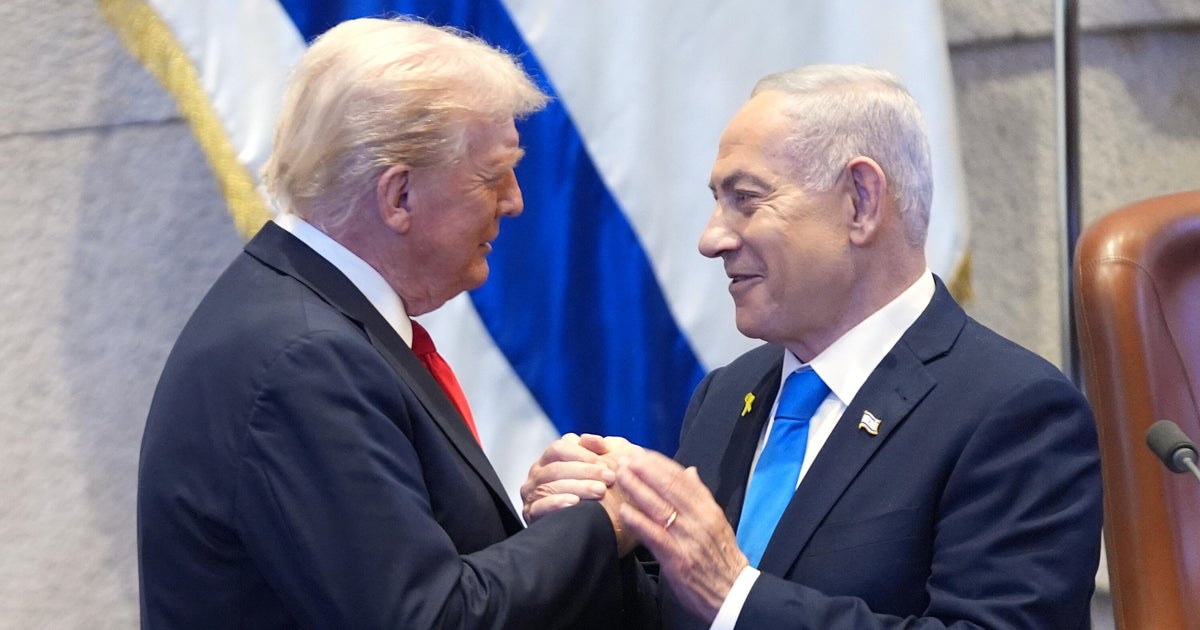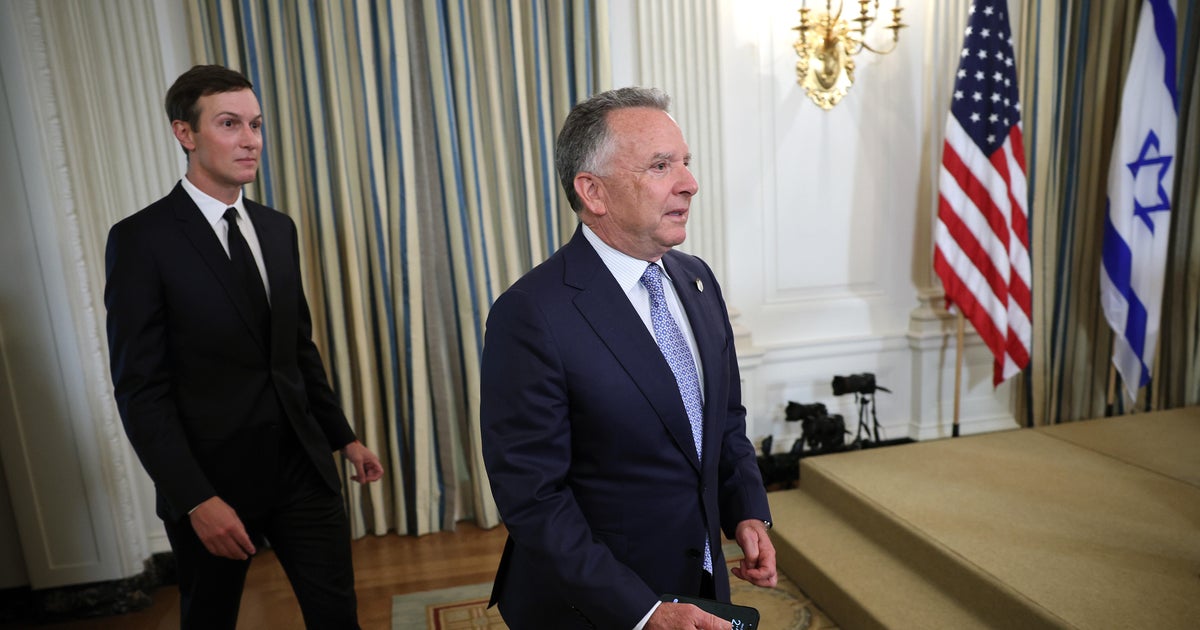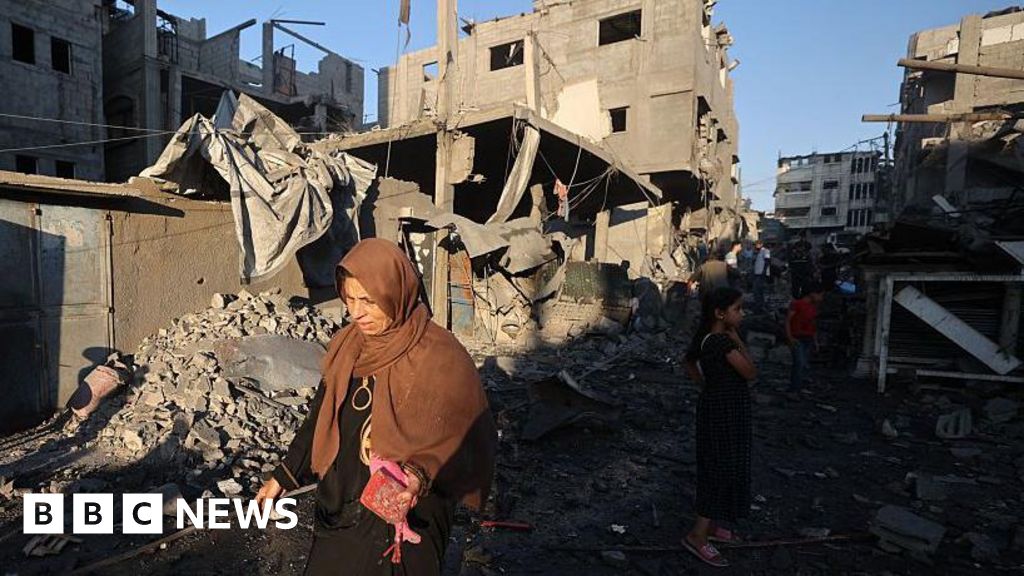Israel Identifies Hostage Remains as Gaza Casualties Climb
Israel Identifies Hostage Remains as Gaza Casualties Climb
Israeli authorities have identified the remains of another hostage, bringing a tragic sense of closure to one more family while underscoring the ongoing human toll of the conflict with Hamas[1]. This development comes as Gaza’s Health Ministry reports that the Palestinian death toll has surpassed 68,000, with recovery efforts uncovering more bodies beneath the rubble each day. The ceasefire, now over a week old, has not halted the grim tally, as nine Palestinians were killed in Gaza City, highlighting the fragile nature of the truce and the persistent violence on the ground.
Context and Ongoing Developments
The war's aftermath continues to unfold, with both sides grappling with loss and the challenge of moving forward. Israel’s recent airstrikes in Rafah, launched after reported ceasefire violations, demonstrate how quickly tensions can reignite[1]. Meanwhile, the return of hostage remains—including those of Ronen Angel and Sunaya Akrassi—serves as a somber reminder of the personal tragedies behind the headlines[1]. As international envoys prepare to visit the region, the path to lasting peace remains uncertain, with humanitarian crises deepening and families on both sides awaiting answers and justice.
About the Organizations Mentioned
Gaza Health Ministry
## Overview The Gaza Health Ministry is the primary government body responsible for overseeing health services and reporting health data in the Gaza Strip, a densely populated Palestinian enclave under blockade since 2007[1][2]. As the main source for casualty statistics during conflicts, its figures are widely cited by international media, human rights organizations, and governments—despite being an agency of the Hamas-led government, which has controlled Gaza since 2007[1][2]. ## Functions and Operations The ministry manages a network of hospitals, clinics, and public health programs, coordinating everything from emergency response to routine care. During periods of conflict, it becomes the sole official source for casualty and injury data, as external access to Gaza is tightly restricted by Israel[1][6]. It also relies on support from the Palestinian Authority (PA), which administers parts of the West Bank and continues to fund salaries, supply medical equipment, and facilitate patient transfers to Israeli hospitals[1]. ## Historical Context Before Hamas took control in 2007, health services in Gaza were administered by the PA. After the political split, the Gaza Health Ministry became a parallel institution, operating independently from the PA’s Ramallah-based ministry[1][2]. Over the years, Gaza’s health system has faced severe challenges due to the blockade, repeated conflicts, and chronic underfunding, leading to shortages of medicines, equipment, and trained personnel[3]. ## Key Achievements and Challenges Despite operating in one of the world’s most challenging environments, the ministry has maintained basic health services, disease surveillance, and vaccination programs—even as infrastructure has been repeatedly damaged by conflict[3]. However, its credibility has occasionally been questioned, such as during high-profile incidents where casualty figures were disputed or later retracted[2]. The ministry has also been criticized for not always reporting injuries inflicted by Hamas security forces on protesters[2]. ## Current Status As of late 2024, Gaza’s healthcare system is
Hamas
**Hamas** is a Sunni Islamist Palestinian nationalist organization that functions both as a political party and a militant group, primarily operating in the Gaza Strip, which it has governed since 2007. Founded in 1987 by Ahmed Yassin amid the First Intifada, Hamas emerged from the Muslim Brotherhood and initially had covert Israeli support as a counterweight to the secular Palestinian Liberation Organization (PLO)[3][1]. It combines political governance with an armed wing, the al-Qassam Brigades, committed to armed resistance against Israel, which it refuses to recognize as a legitimate state[1][3]. Hamas’s political rise culminated in a 2006 electoral victory in the Palestinian Legislative Council, campaigning on anti-corruption and resistance platforms. After violently seizing Gaza from the rival Fatah faction in 2007, Hamas has maintained de facto control there despite international isolation and blockades imposed by Israel and Egypt[3]. Its governance has been marked by repeated conflicts with Israel, including major wars in 2008–09, 2012, 2014, 2021, and the ongoing intense conflict triggered by Hamas’s surprise October 2023 attack killing nearly 1,200 Israelis and taking hostages[1][2][3]. Hamas benefits from regional support, especially from Iran, which supplies funding and weapons, as well as financial and political backing from Turkey and Qatar. These alliances form part of a broader "axis of resistance" against Israel, which includes groups like Hezbollah and Palestinian Islamic Jihad[2]. Hamas also operates fundraising networks globally, sometimes using charities as fronts to support its military activities[4]. The group is designated a terrorist organization by many countries, including the United States, which has increased military aid to Israel following recent escalations[2][6]. Despite modifying its 1988 charter in 2017 to soften some language, Hamas continues to reject Israel’s legitimacy and pursues all forms of resistance[1]. Its enduring political









